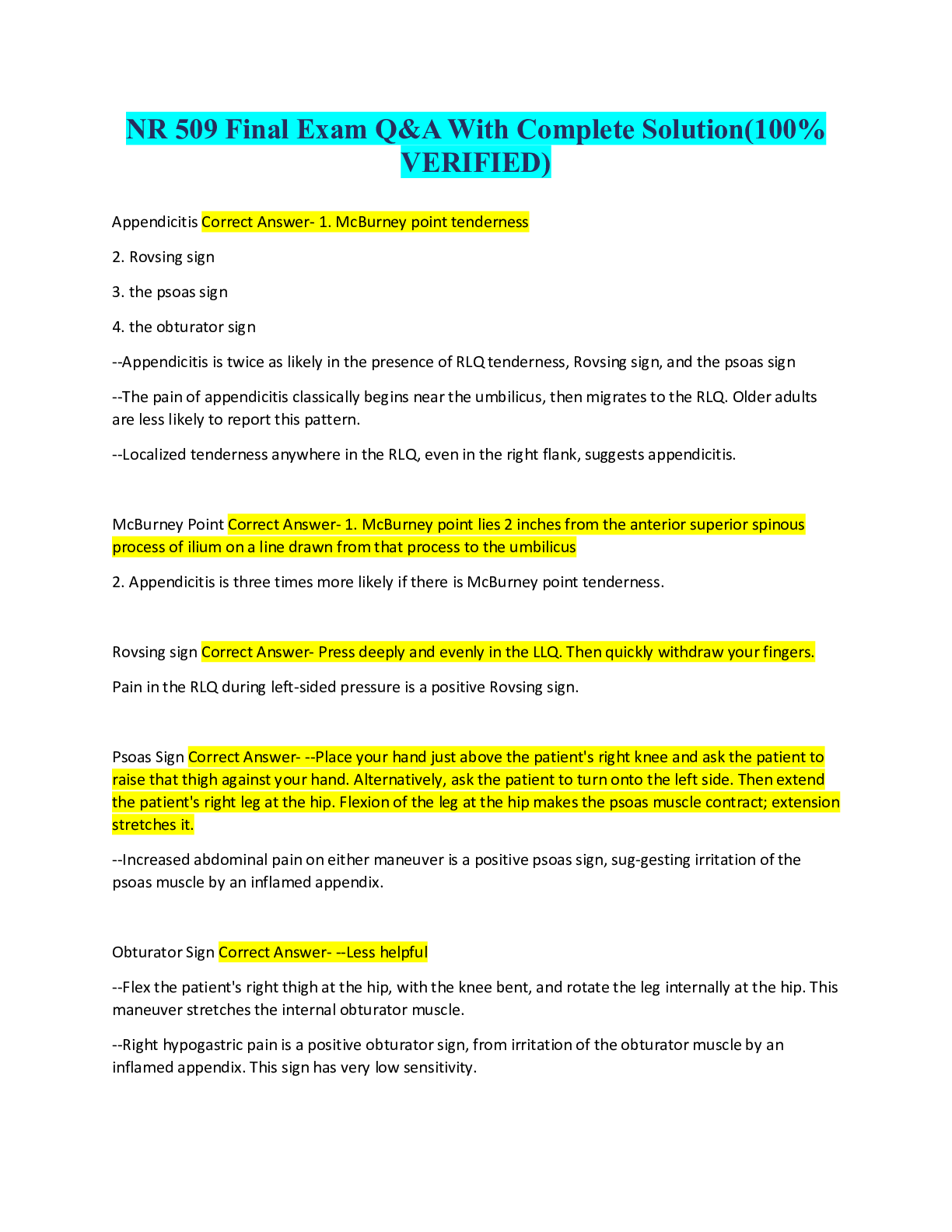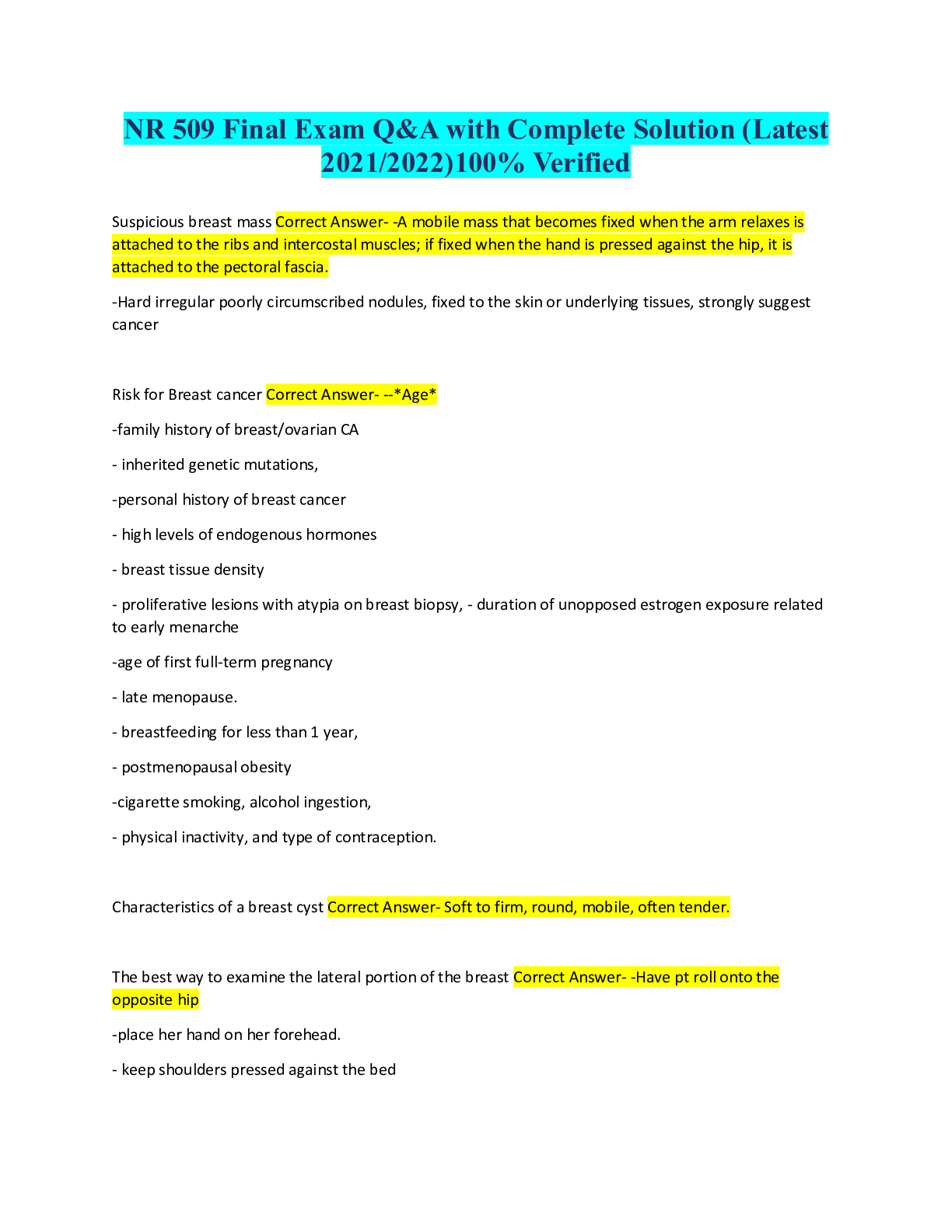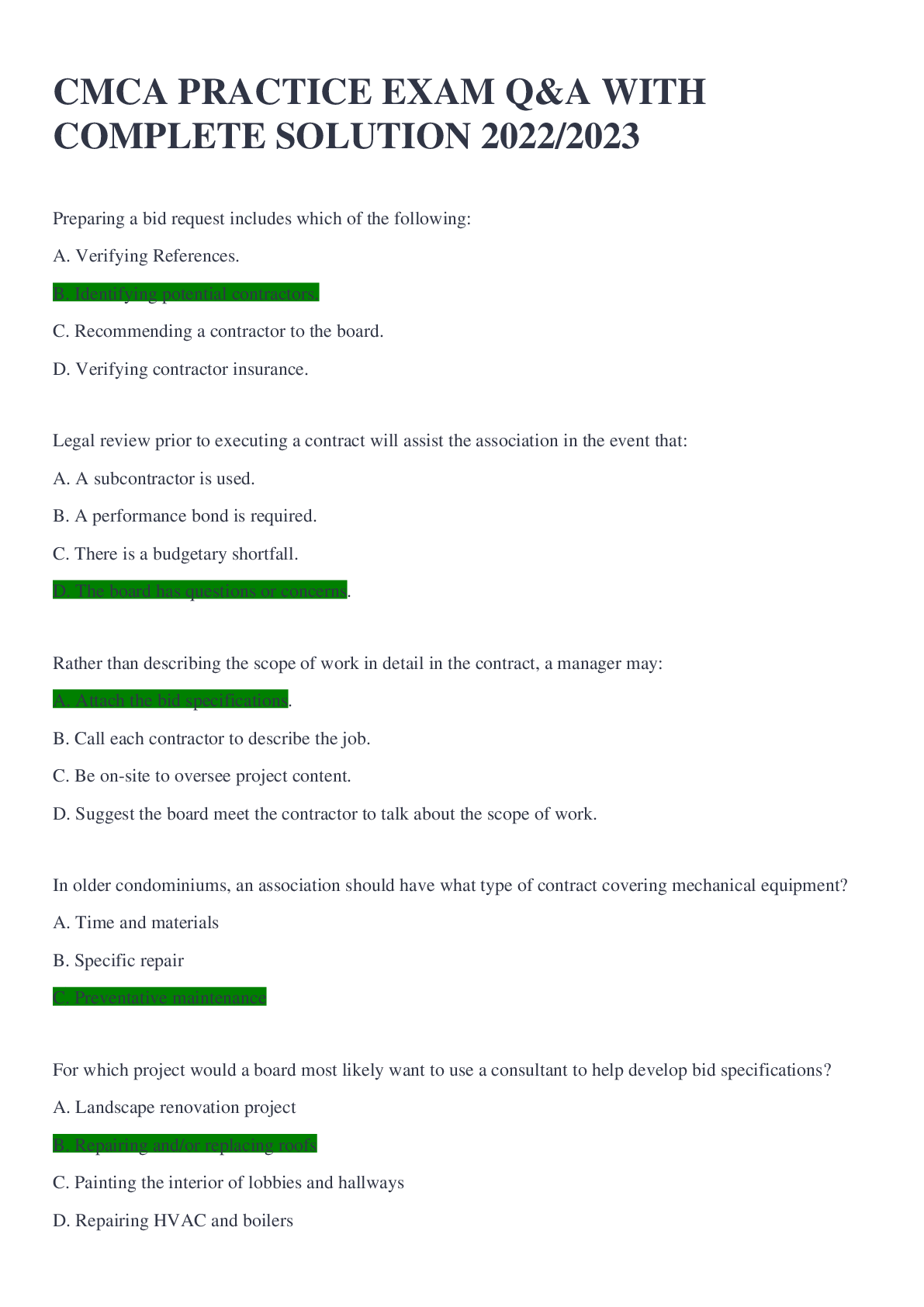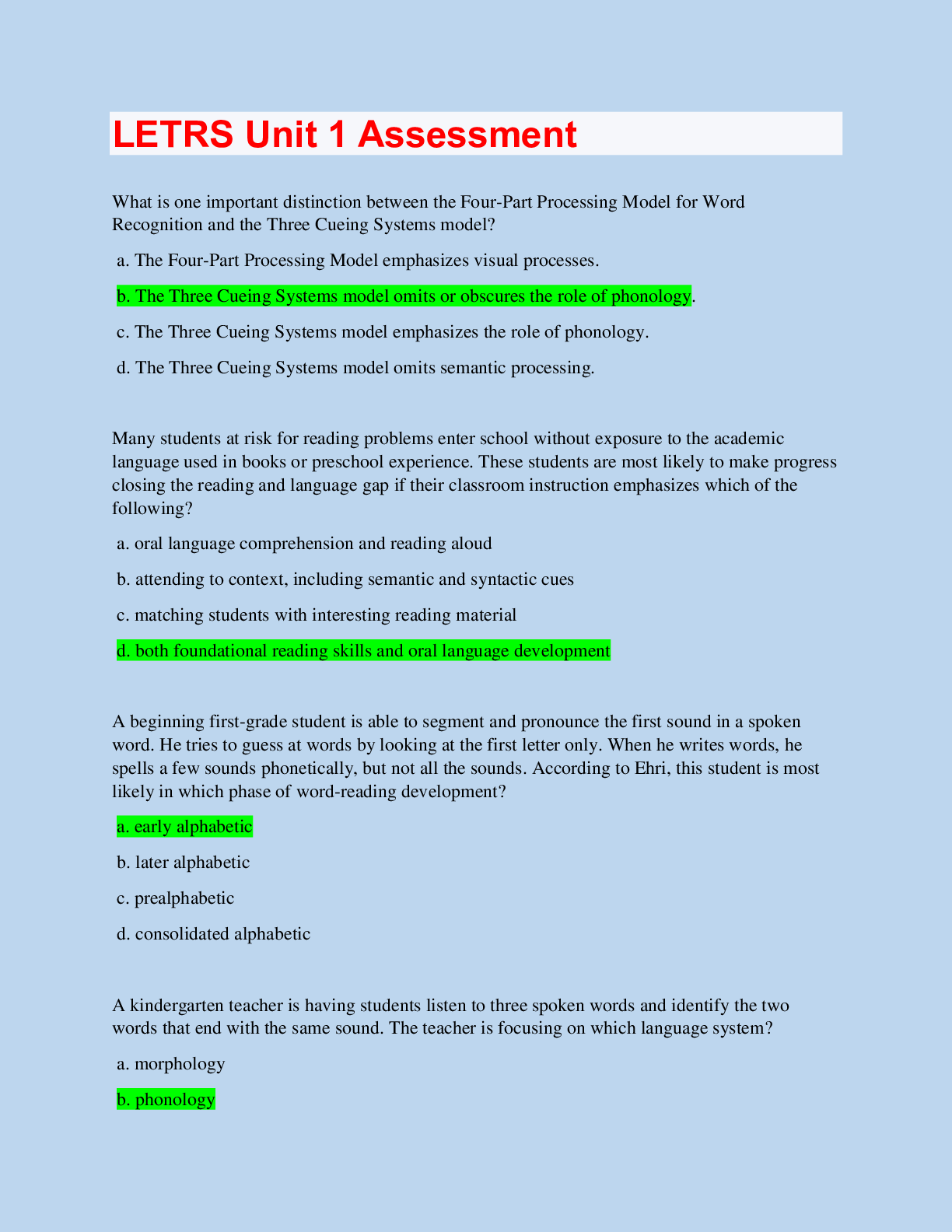ACS BIOCHEMISTRY EXAM Q&A With complete solution
Document Content and Description Below
Henderson-Hasselbach Equation - ANSWER pH = pKa + log ([A-] / [HA]) FMOC Chemical Synthesis - ANSWER Used in synthesis of a growing amino acid chain to a polystyrene bead. FMOC is used as a protect... ing group on the N-terminus. Salting Out (Purification) - ANSWER Changes soluble protein to solid precipitate. Protein precipitates when the charges on the protein match the charges in the solution. Size-Exclusion Chromatography - ANSWER Separates sample based on size with smaller molecules eluting later. Ion-Exchange Chromatography - ANSWER Separates sample based on charge. CM attracts +, DEAE attracts -. May have repulsion effect on like charges. Salt or acid used to remove stuck proteins. Hydrophobic/Reverse Phase Chromatography - ANSWER Beads are coated with a carbon chain. Hydrophobic proteins stick better. Elute with non-H-bonding solvent (acetonitrile). Affinity Chromatography - ANSWER Attach a ligand that binds a protein to a bead. Elute with harsh chemicals or similar ligand. SDS-PAGE - ANSWER Uses SDS. Gel is made from cross-linked polyacrylamide. Separates based off of mass with smaller molecules moving faster. Visualized with Coomassie blue. SDS - ANSWER Sodium dodecyl sulfate. Unfolds proteins and gives them uniform negative charge. Isoelectric Focusing - ANSWER Variation of gel electrophoresis where protein charge matters. Involves electrodes and pH gradient. Protein stops at their pI when neutral. FDNB (1-fluoro-2,3-dinitrobenzene) - ANSWER FDNB reacts with the N-terminus of the protein to produce a 2,4-dinitrophenol derivative that labels the first residue. Can repeat hydrolysis to determine sequential amino acids. DTT (dithiothreitol) - ANSWER Reduces disulfide bonds. Iodoacetate - ANSWER Adds carboxymethyl group on free -SH groups. Blocks disulfide bonding. Homologs - ANSWER Shares 25% identity with another gene Orthologs - ANSWER Similar genes in different organisms Paralogs - ANSWER Similar "paired" genes in the same organism Ramachandran Plot - ANSWER Shows favorable phi-psi angle combinations. 3 main "wells" for α-helices, ß-sheets, and left-handed α-helices. Glycine Ramachandran Plot - ANSWER Glycine can adopt more angles. (H's for R-group). Proline Ramachandran Plot - ANSWER Proline adopts fewer angles. Amino group is incorporated into a ring. α-helices - ANSWER Ala is common, Gly & Pro are not very common. Side-chain interactions every 3 or 4 residues. Turns once every 3.6 residues. Distance between backbones is 5.4Å. Helix Dipole - ANSWER Formed from added dipole moments of all hydrogen bonds in an α-helix. N-terminus is δ+ and C-terminus is δ-. ß-sheet - ANSWER Either parallel or anti-parallel. Often twisted to increase strength. Anti-parallel ß-sheet - ANSWER Alternating sheet directions (C & N-termini don't line-up). Has straight H-bonds. Parallel ß-sheet - ANSWER Same sheet directions (C & N-termini line up). Has angled H-bonds. ß-turns - ANSWER Tight u-turns with specific phi-psi angles. Must have gly at position 3. Proline may also be at ß-turn because it can have a cis-omega angle. Loops - ANSWER Not highly structured. Not necessary highly flexible, but can occasionally move. Very variable in sequence. Circular Dichroism - ANSWER Uses UV light to measure 2° structure. Can be used to measure destabilization. Disulfide-bonds - ANSWER Bonds between two -SH groups that form between 2° and 3° structure. ß-mercaptoethanol - ANSWER Breaks disulfide bonds. α-keratin - ANSWER formed from 2 α-helices twisted around each other. "Coiled coil". Cross-linked by disulfide bonds. Collagen - ANSWER Repeating sequence of Gly-X-Pro. 3 stranded "coiled coil". Contains gly core. Myoglobin 4° Structure - ANSWER Symmetric homodimer, Hemoglobin 4° Structure - ANSWER Tetramer. Dimer of dimers. α2ß2 tetramer. α/ß Protein Folding - ANSWER Less distinct areas of α and ß folding. α+ß Protein Folding - ANSWER Two distinct areas of α and ß folding. Mechanism of Denaturants - ANSWER Highly soluble, H-binding molecules. Stabilize protein backbone in water. Allows denatured state to be stabilized. Temperature Denaturation of Protein - ANSWER Midpoint of reaction is Tm. Cooperative Protein Folding - ANSWER Folding transition is sharp. More reversible. Folding Funnel - ANSWER Shows 3D version of 2D energy states. Lowest energy is stable protein. Rough funnel is less cooperative. Protein-Protein Interfaces [Show More]
Last updated: 1 year ago
Preview 1 out of 22 pages
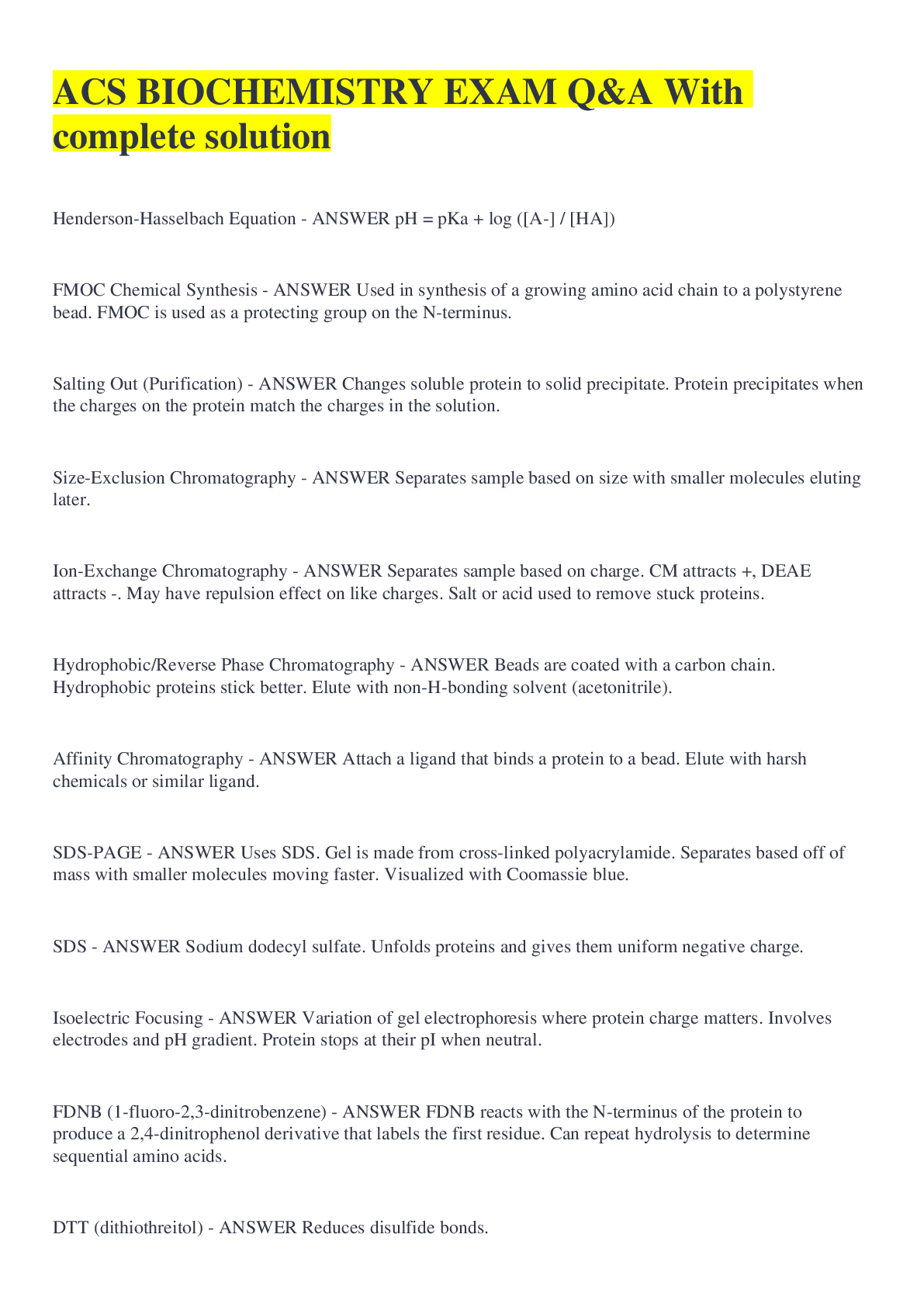
Also available in bundle (1)
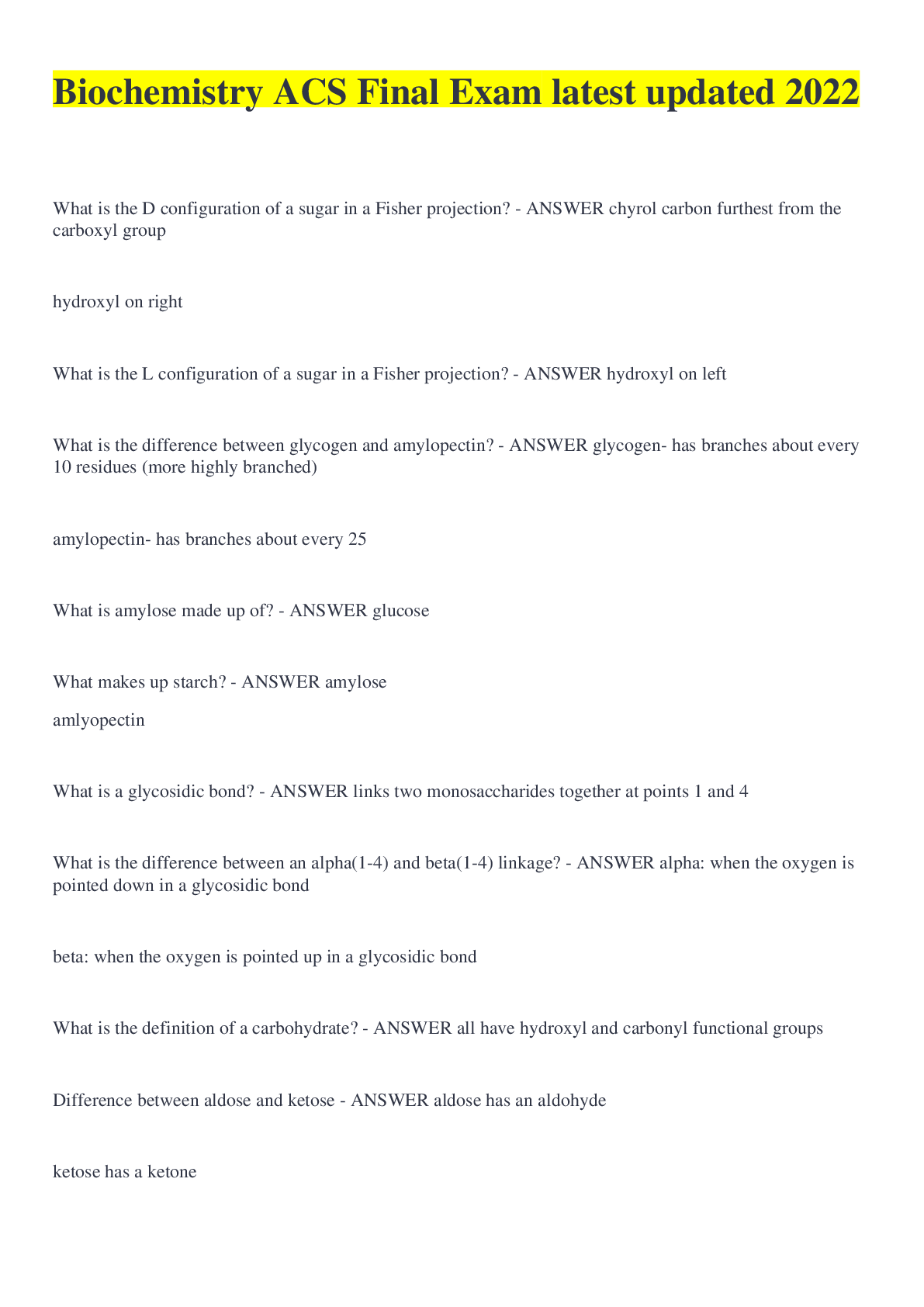
ACS BIOCHEMISTRY EXAM- Bundle full pack solution (score mark 98%)
Biochemistry ACS Final Exam latest updated 2022 ACS BIOCHEMISTRY EXAM – OBU Latest Graded A+ ACS BIOCHEMISTRY EXAM Q&A With complete solution
By MARKALLAN 1 year ago
$15.5
3
Reviews( 0 )
Document information
Connected school, study & course
About the document
Uploaded On
Aug 24, 2022
Number of pages
22
Written in
Additional information
This document has been written for:
Uploaded
Aug 24, 2022
Downloads
0
Views
57




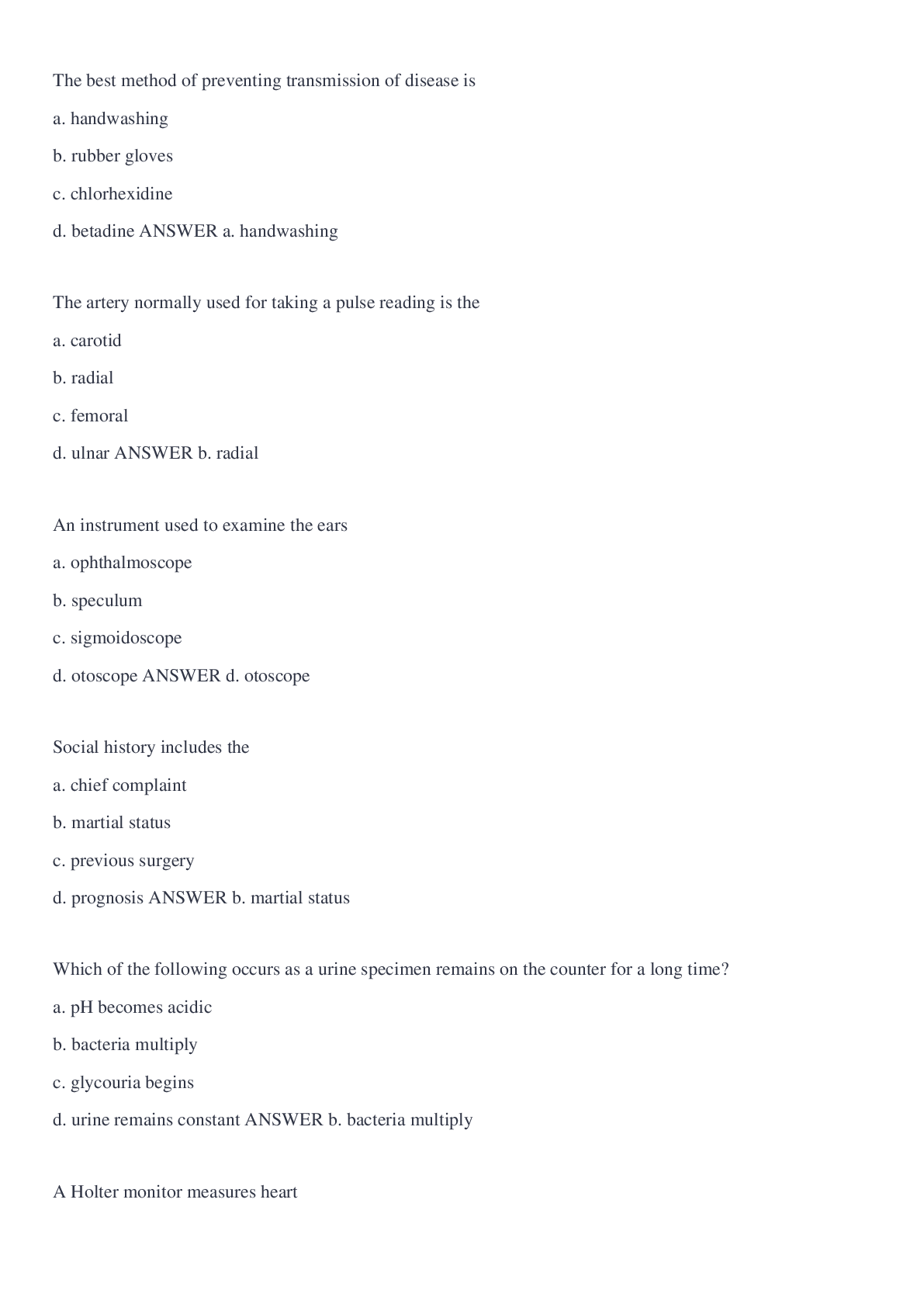
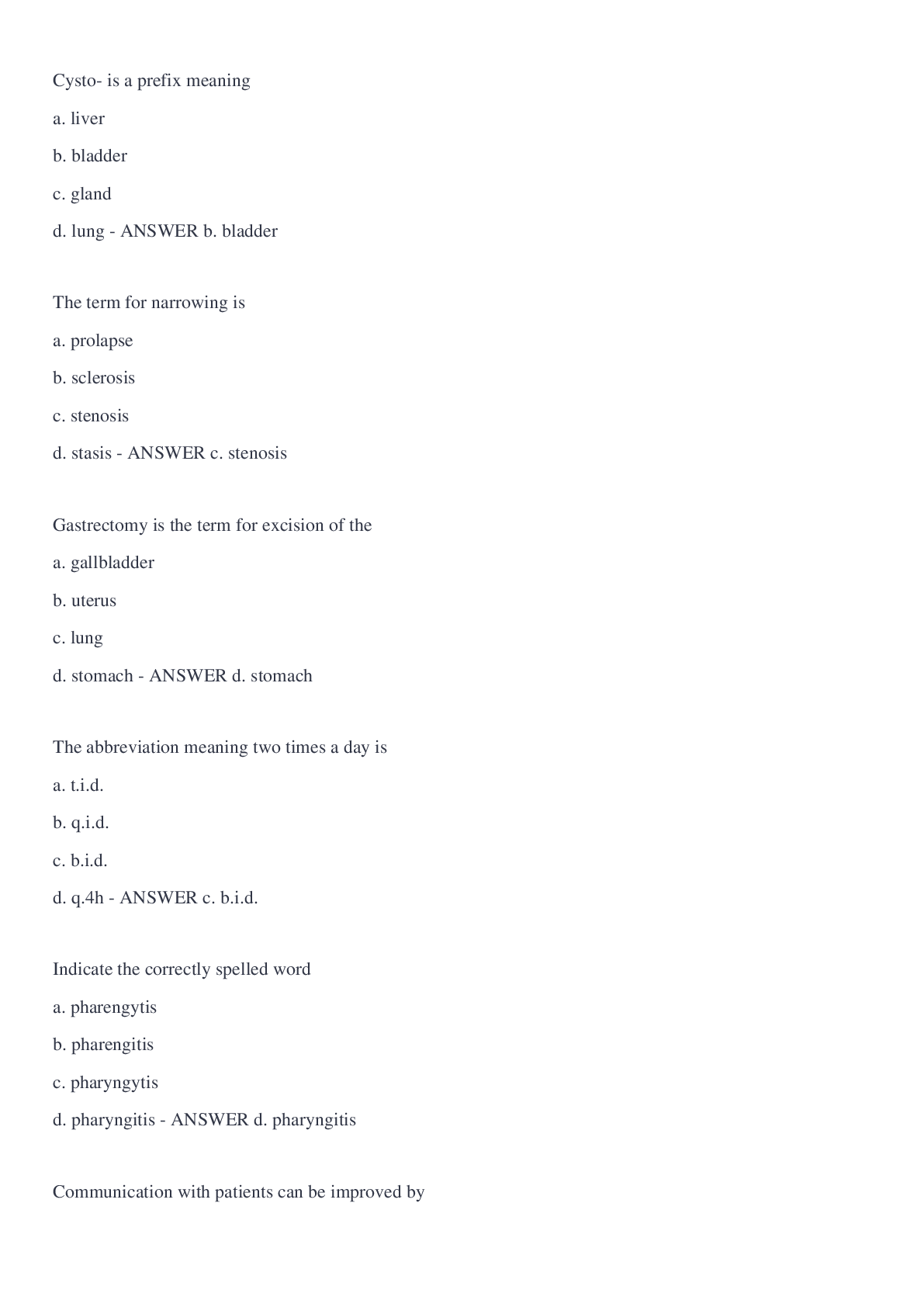
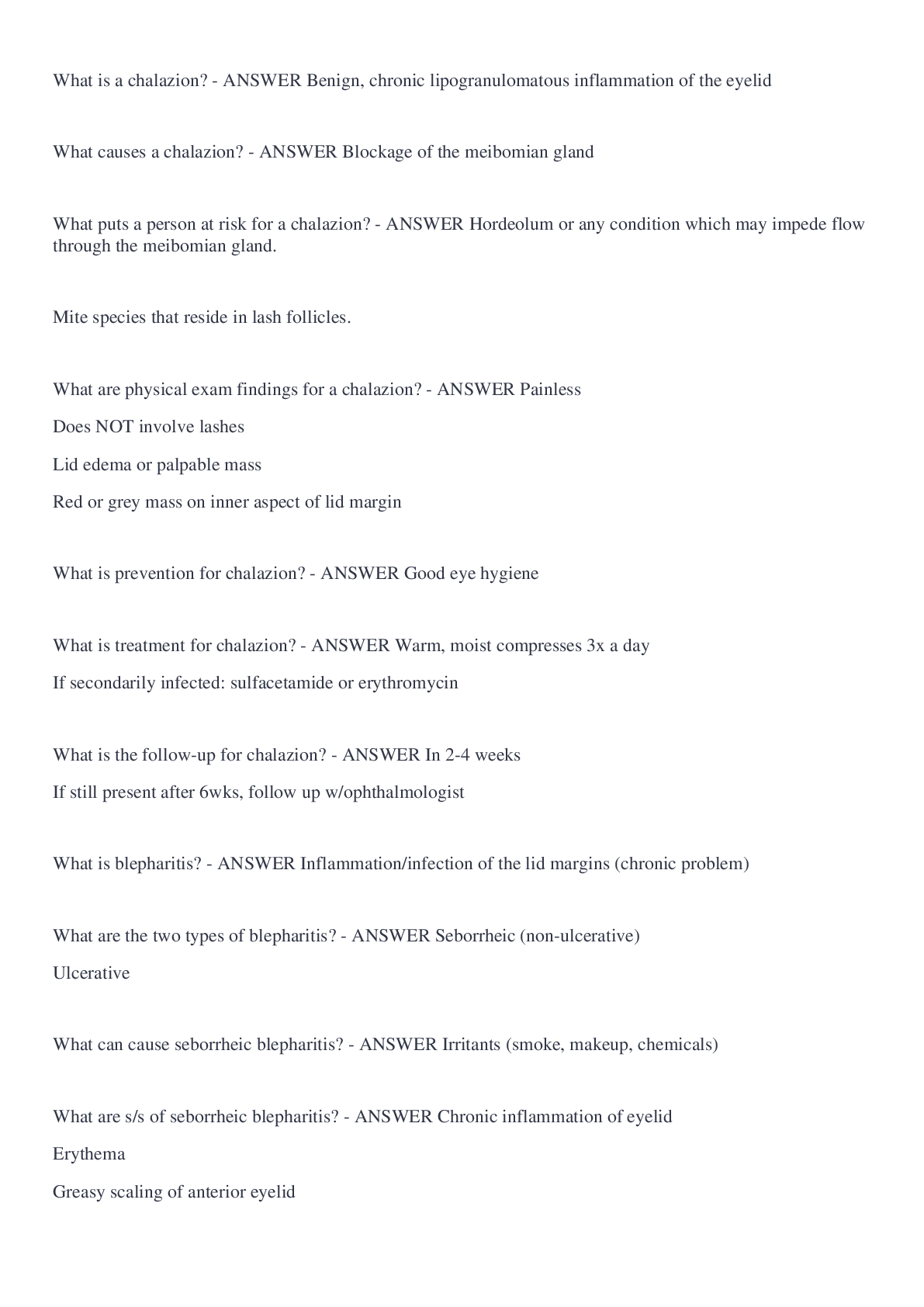



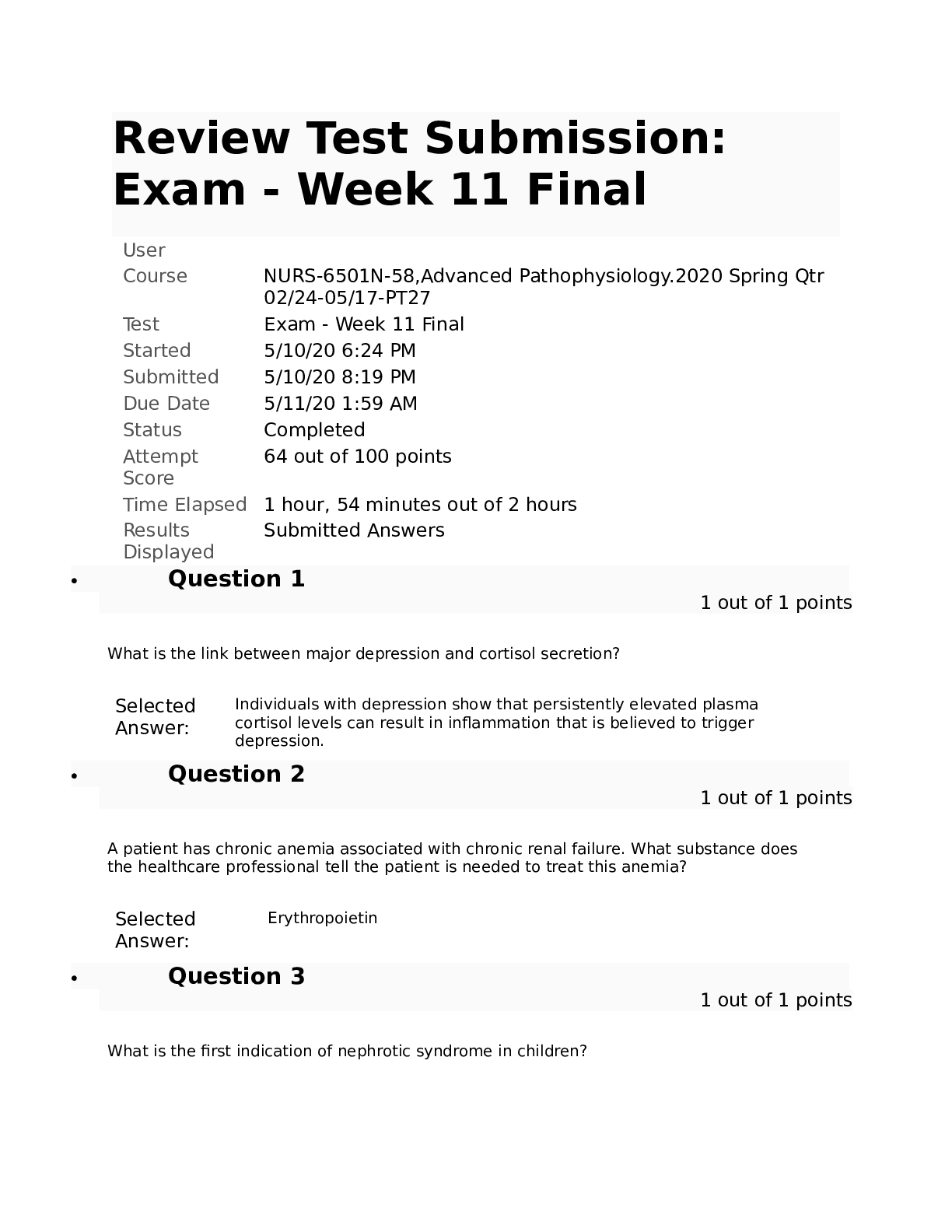
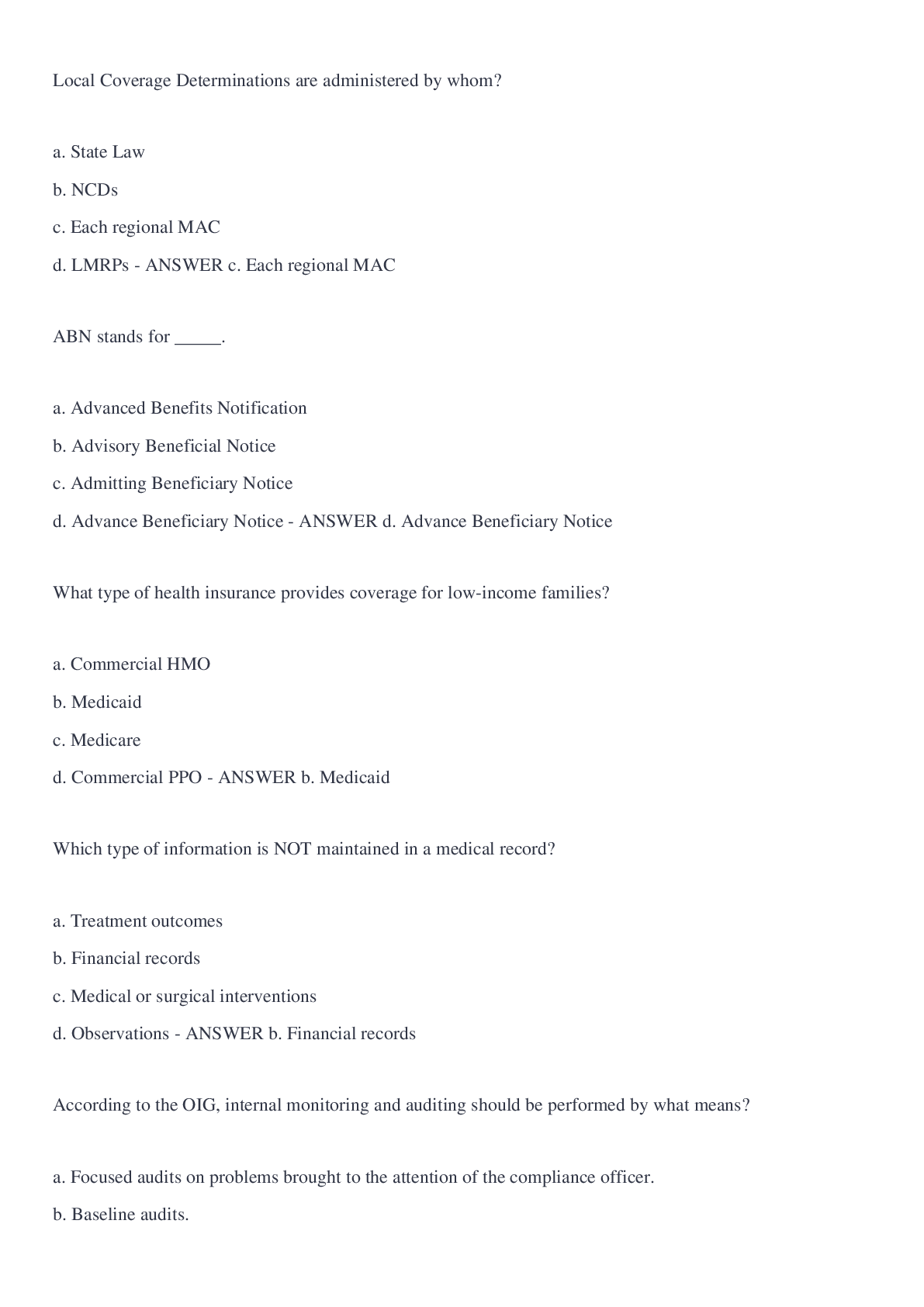
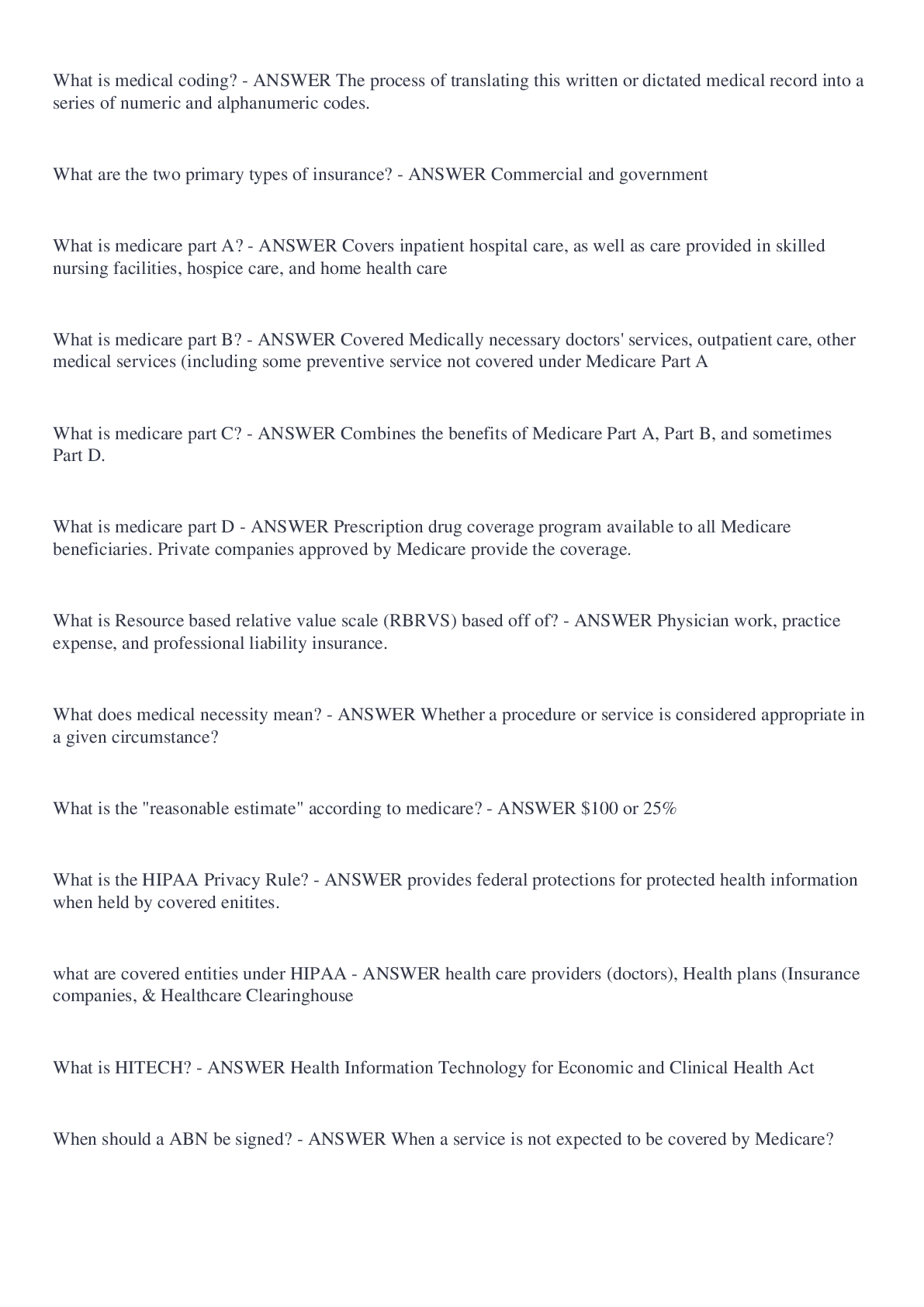
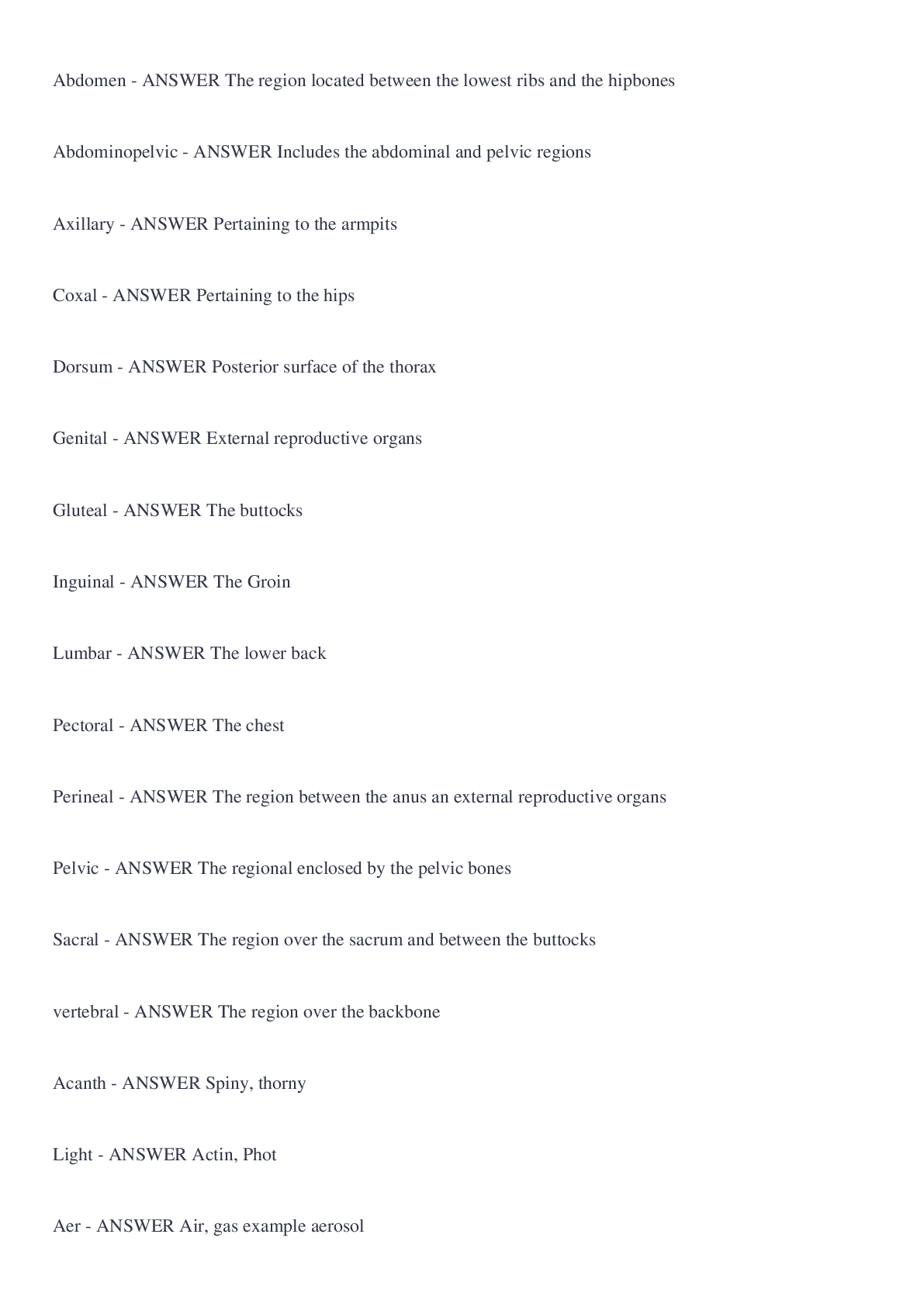


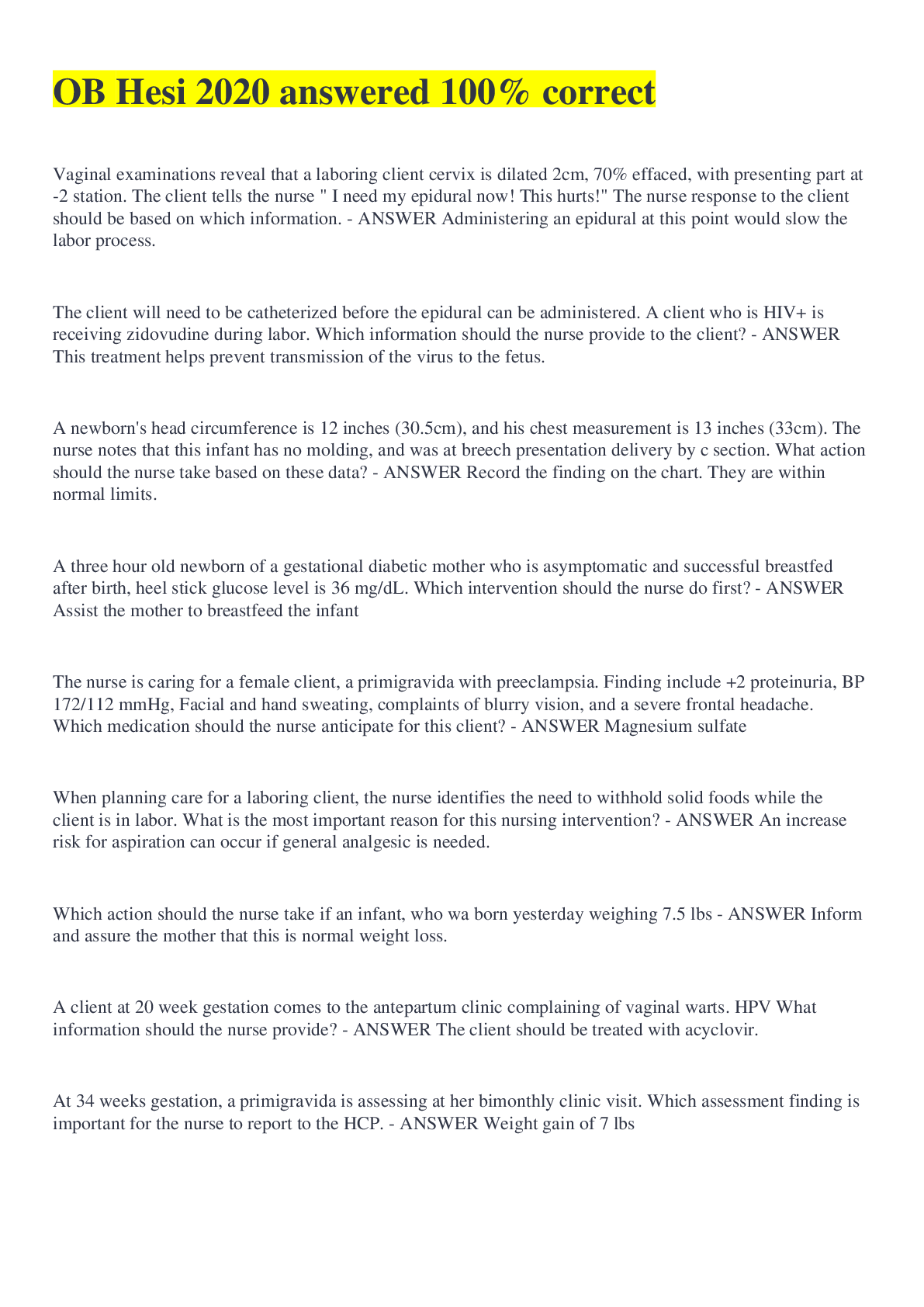
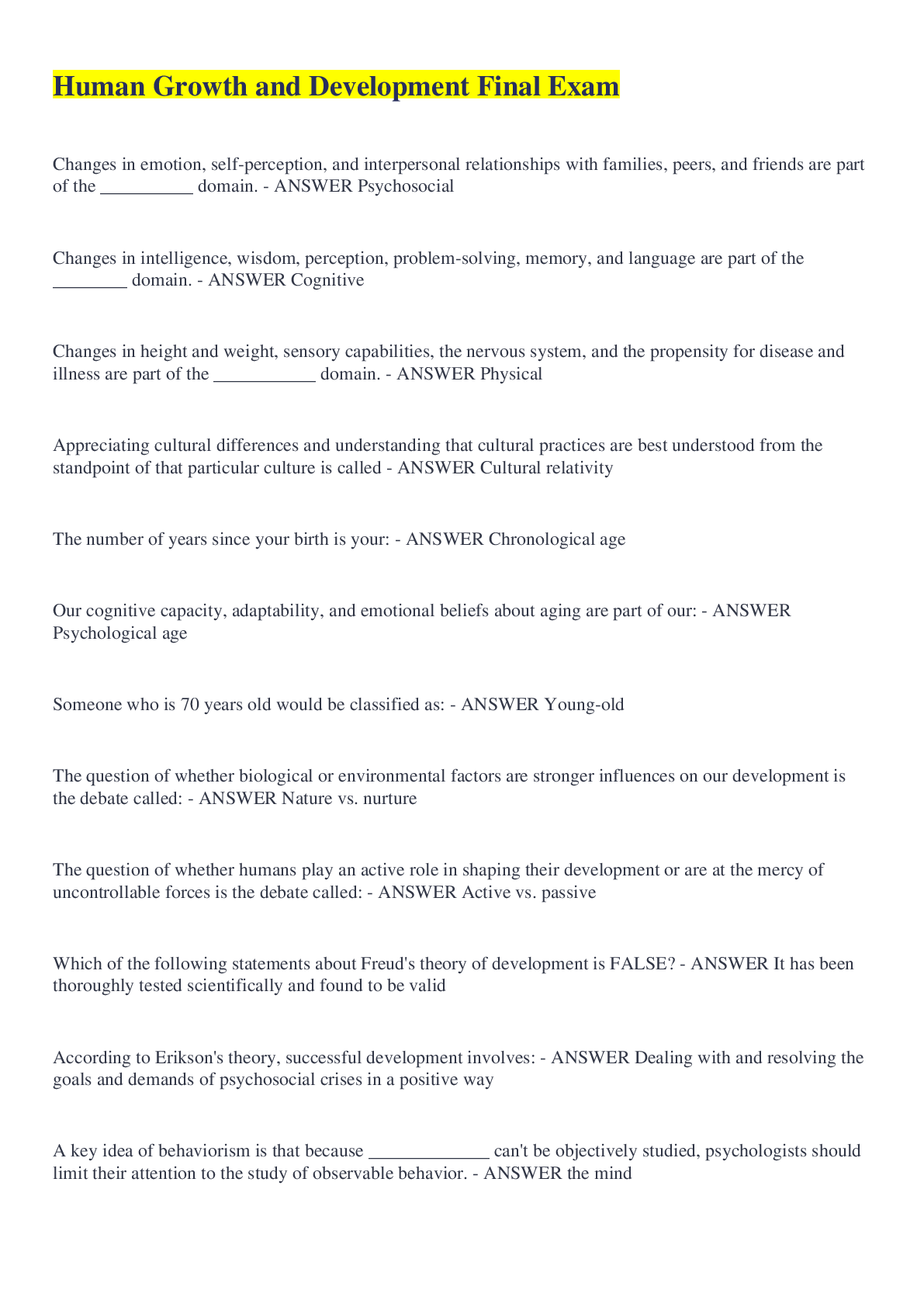
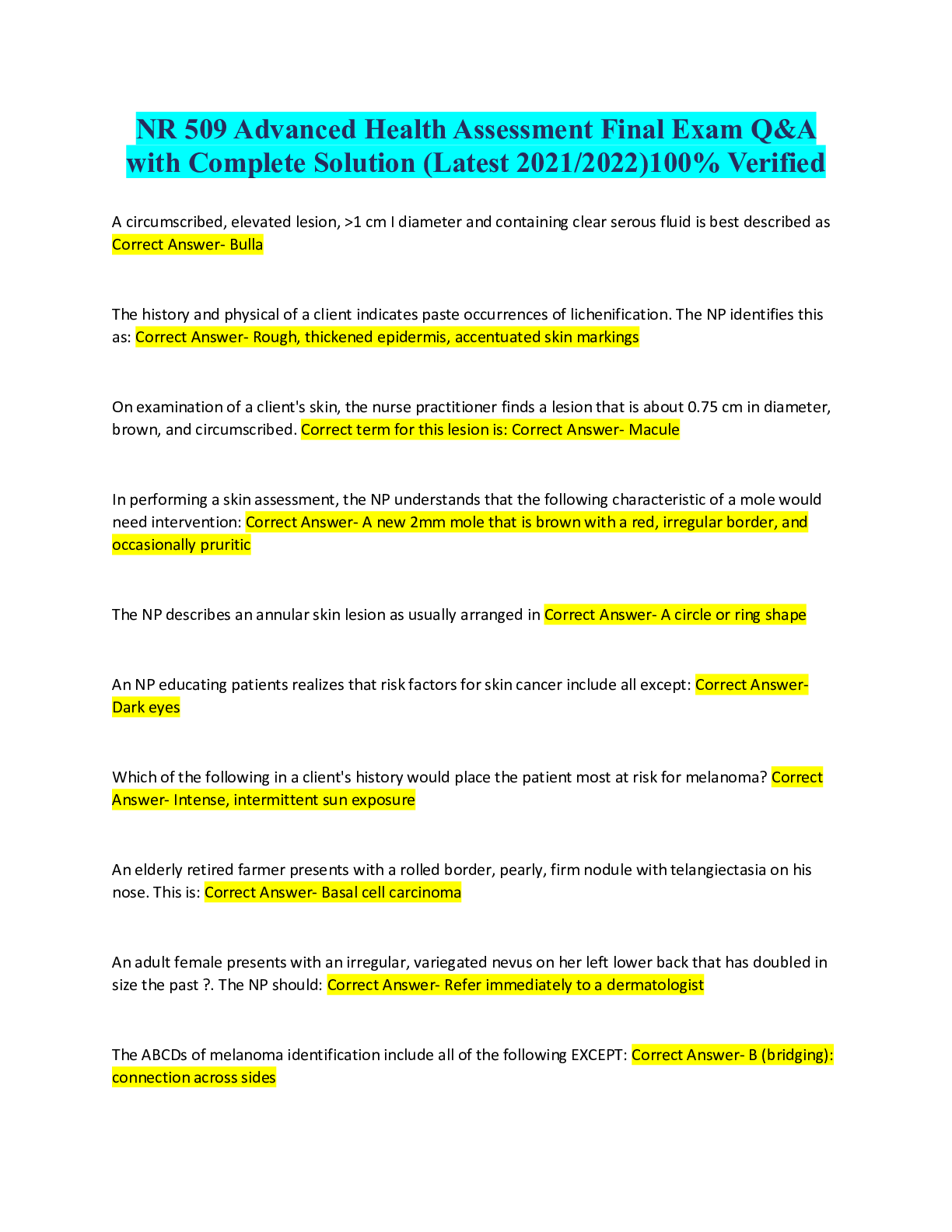
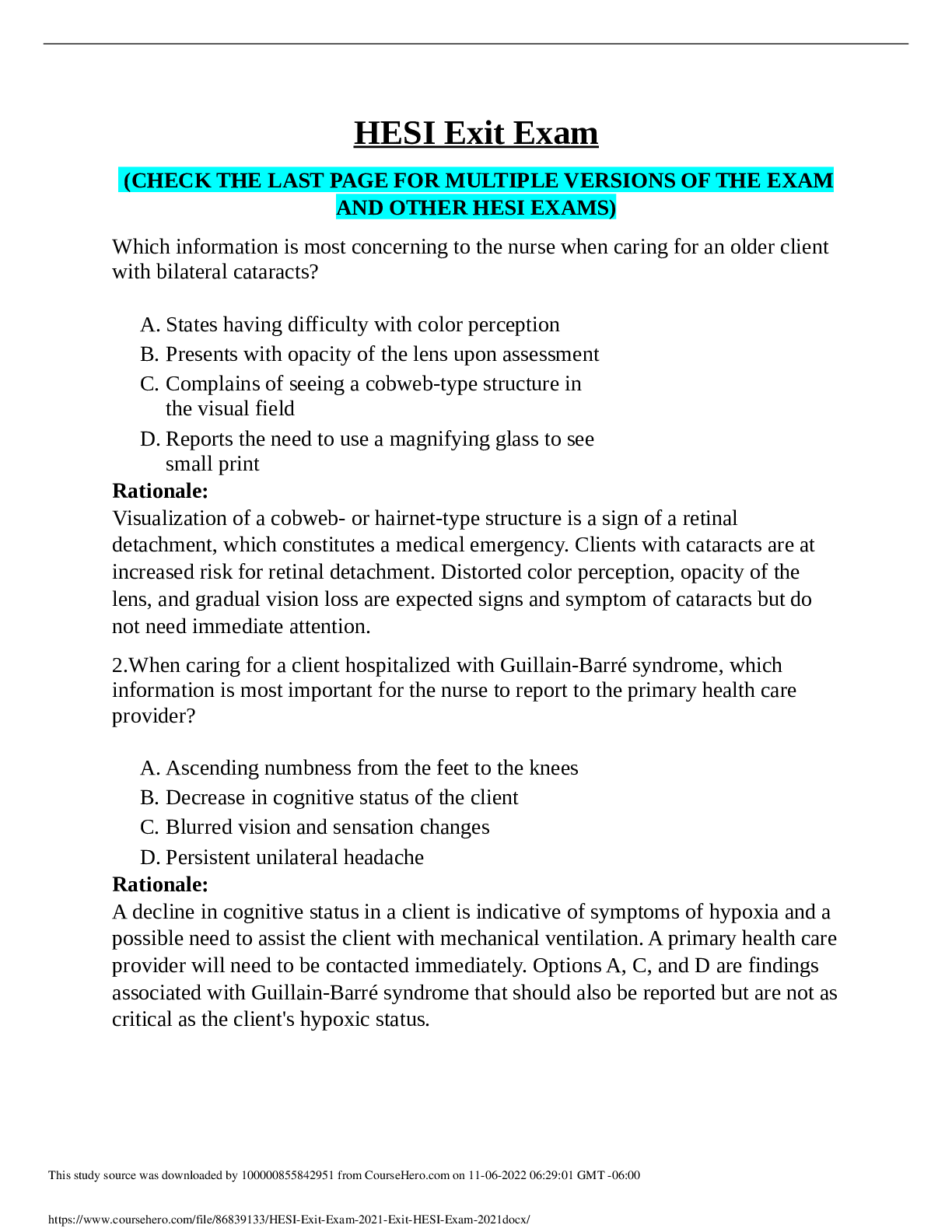
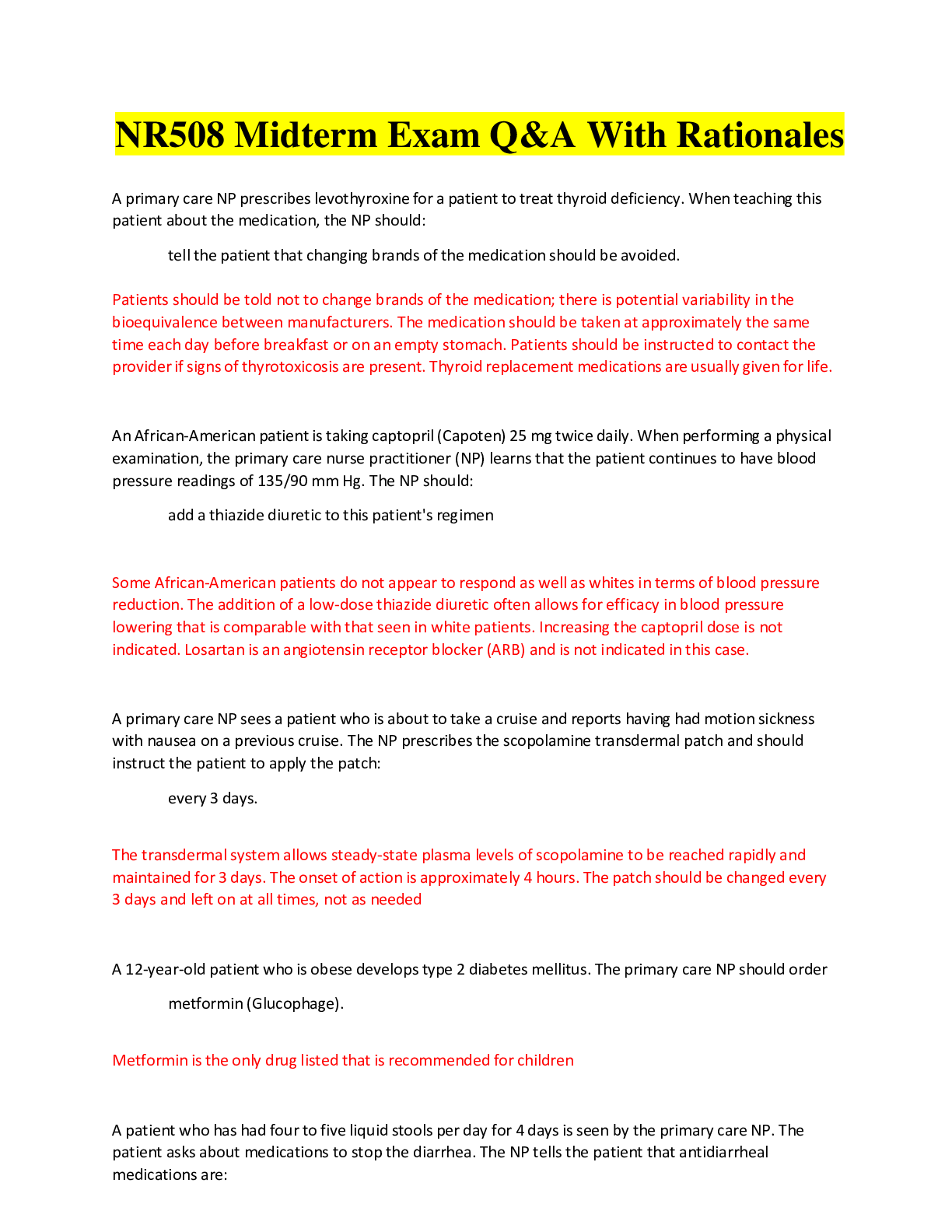
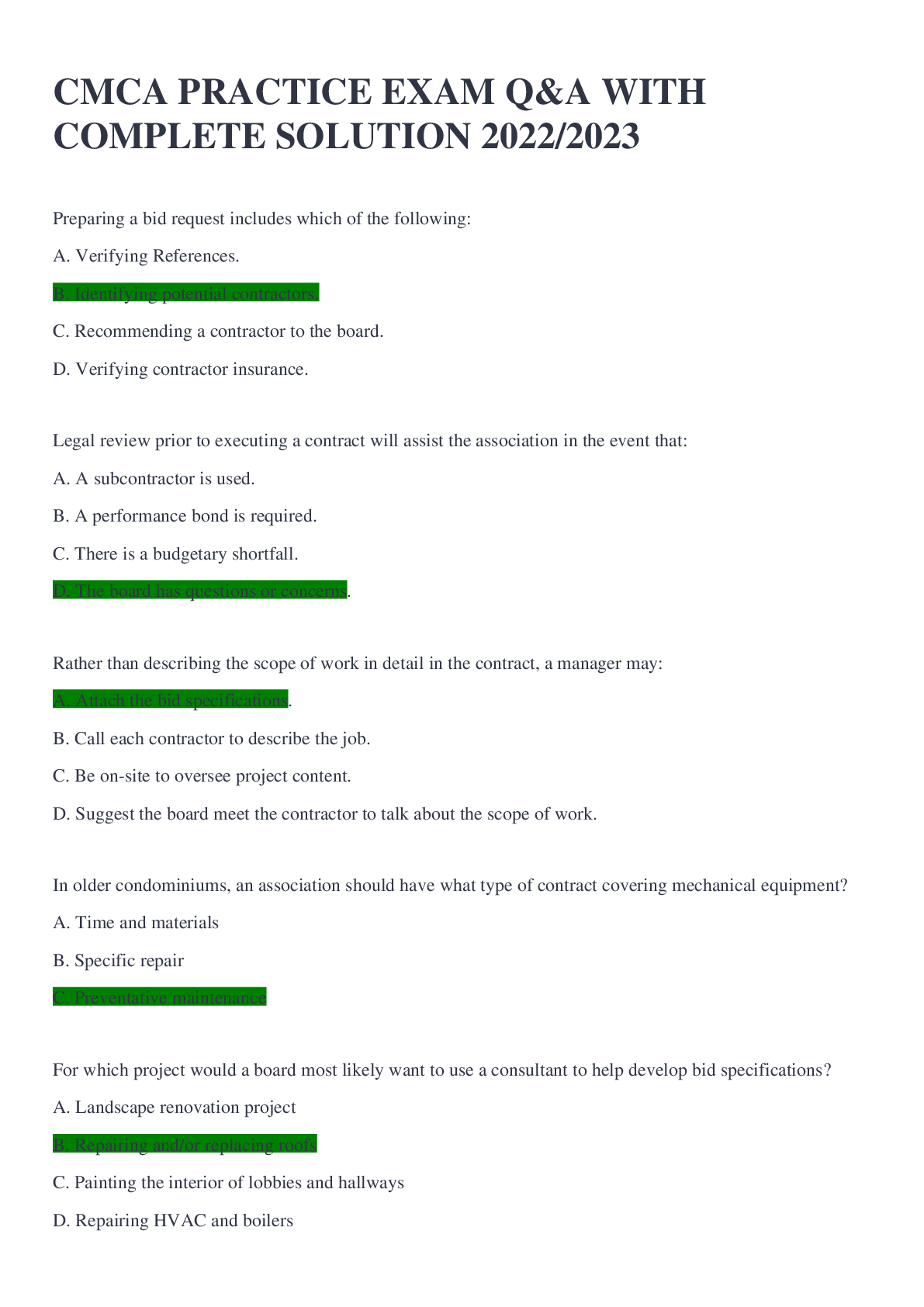

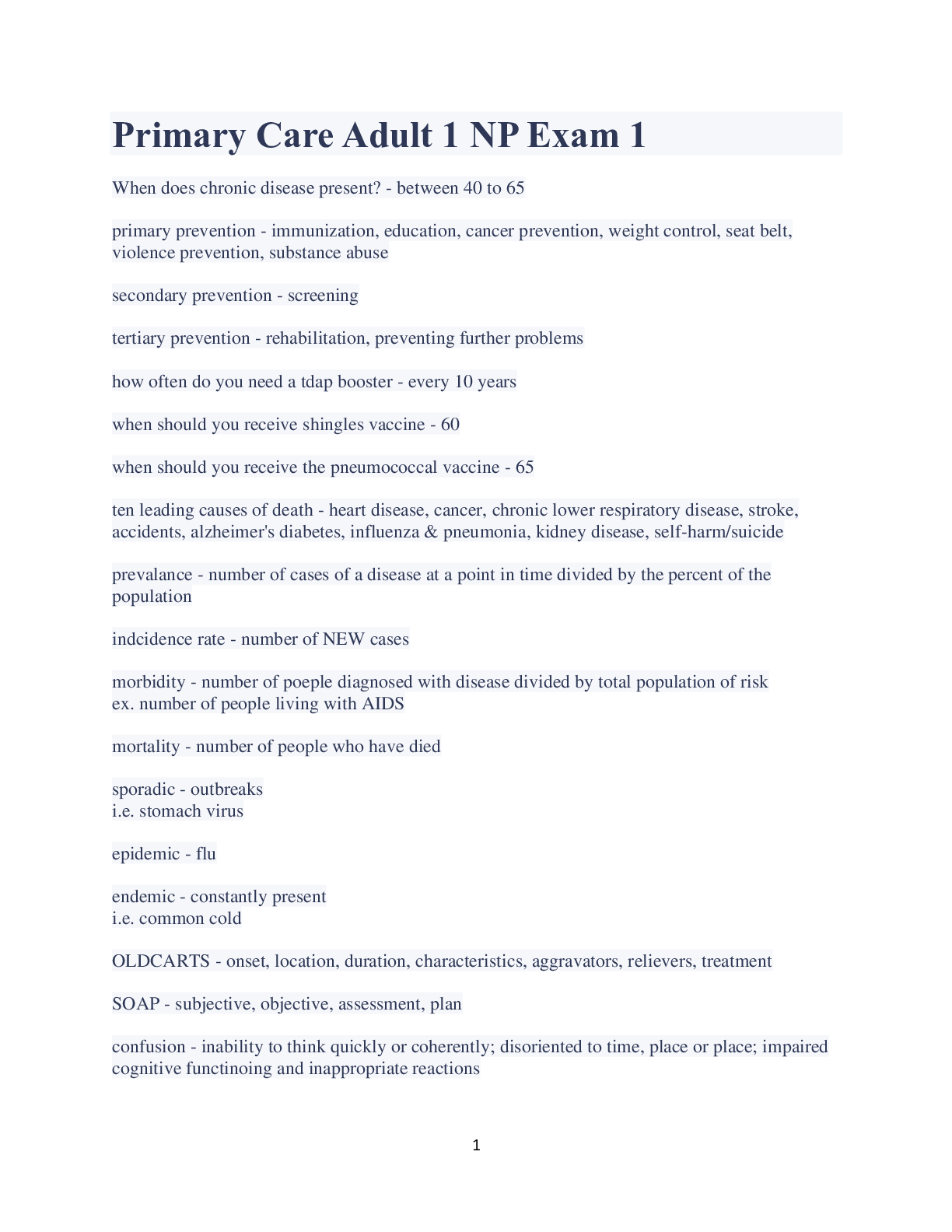
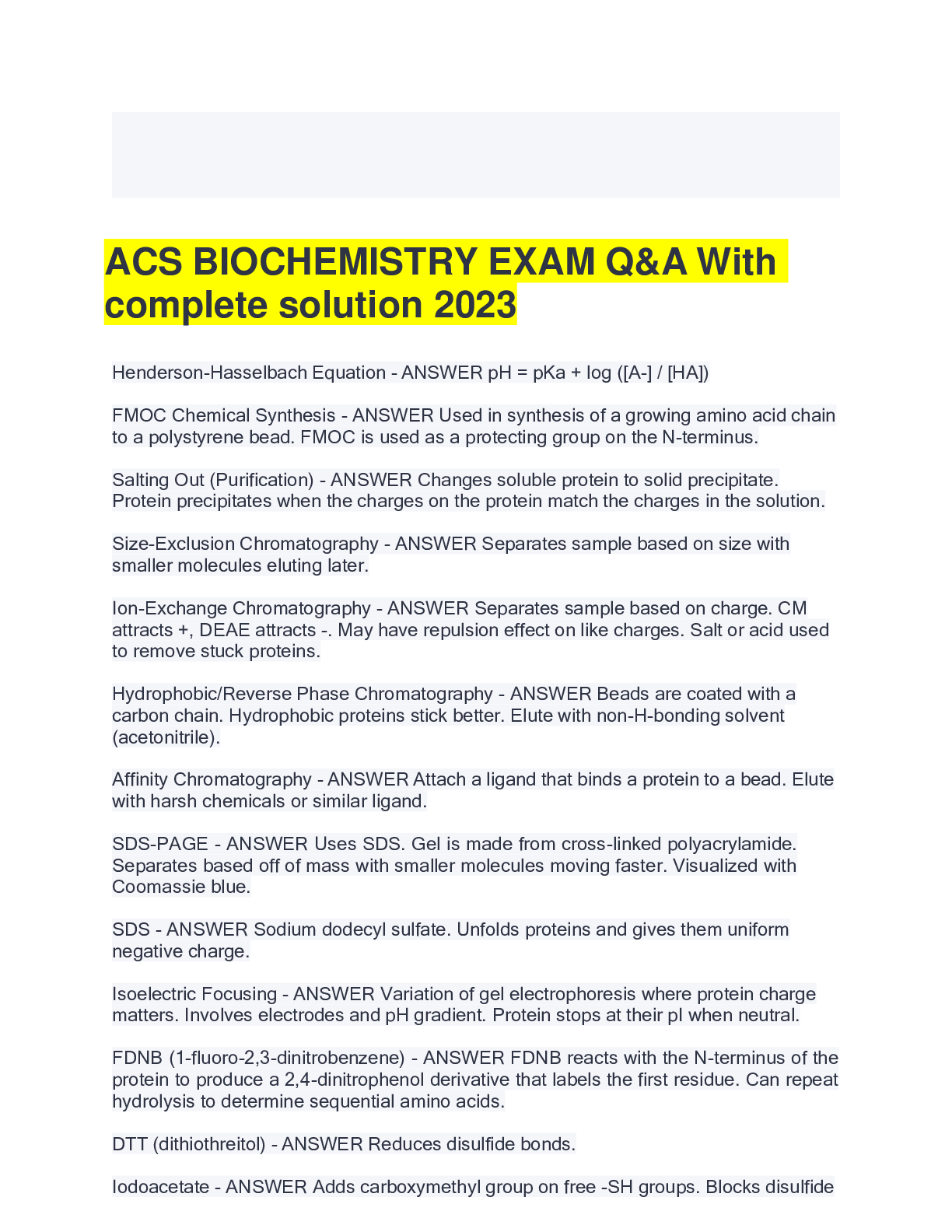

.png)
.png)
.png)
